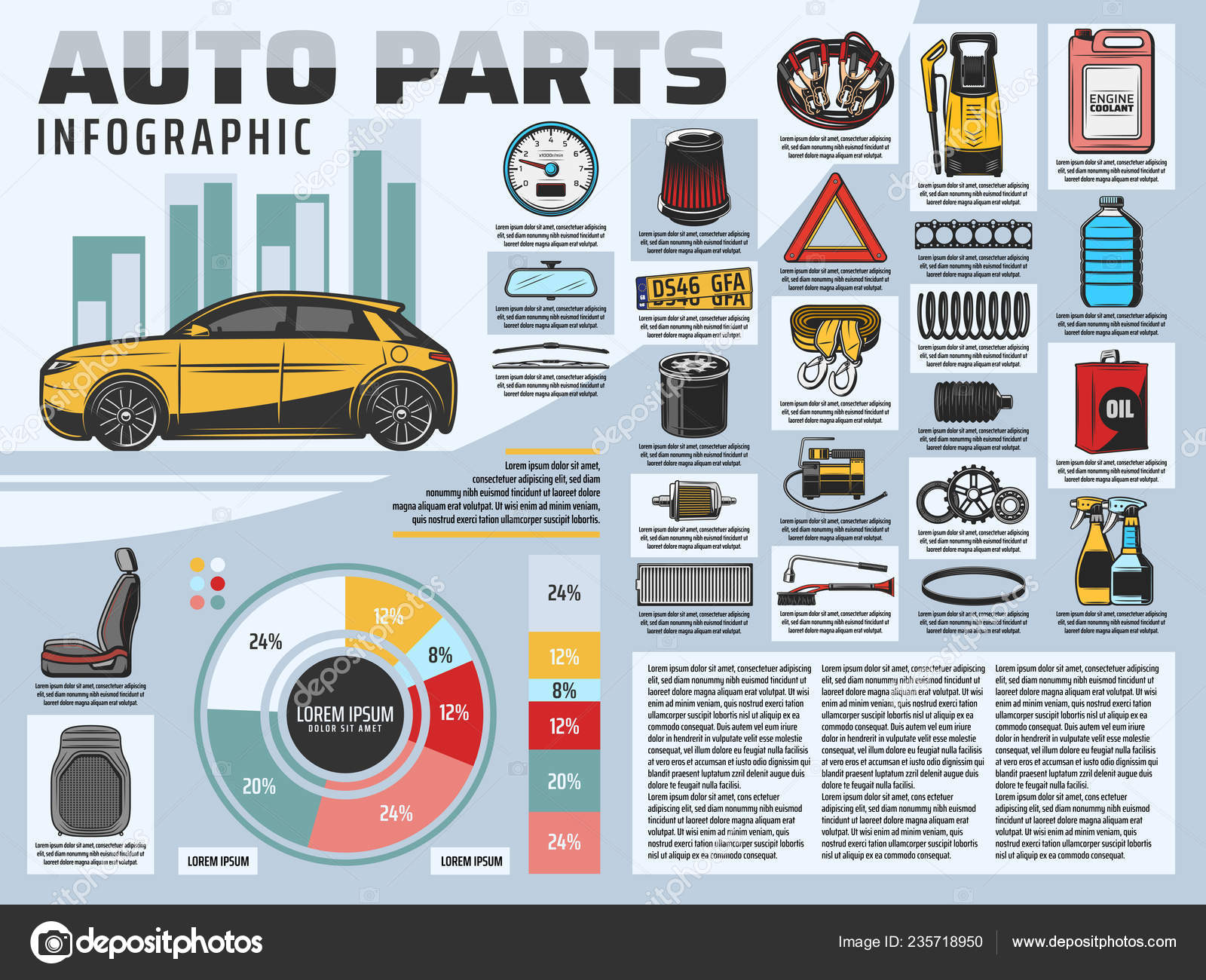Decoding Your Car'S Caution Indicators: What They Truly Indicate
Decoding Your Car'S Caution Indicators: What They Truly Indicate
Blog Article
Content By-Sykes Shepherd
When you're behind the wheel, those glowing warning lights on your control panel can be a little bit difficult. Do you know what they're attempting to tell you about your auto's health? Comprehending the relevance of these lights is crucial for your security and the long life of your vehicle. So, the next time one of those lights pops up, wouldn't you intend to understand its message properly and take the essential actions to resolve it?
Common Warning Lighting and Interpretations
Recognize common warning lights in your car and recognize their meanings to make certain secure driving.
The most common caution lights consist of the check engine light, which signifies concerns with the engine or exhausts system. If car cut and polish near me begins, it's vital to have your lorry inspected immediately.
The oil stress advising light indicates low oil pressure, needing immediate interest to avoid engine damages.
A flashing battery light may recommend a faulty billing system, possibly leaving you stranded if not attended to.
The tire pressure monitoring system (TPMS) light signals you to low tire stress, affecting automobile stability and fuel performance. Neglecting this can result in hazardous driving conditions.
The abdominal light shows a trouble with the anti-lock stopping system, compromising your capability to quit quickly in emergency situations.
Lastly, the coolant temperature level warning light warns of engine overheating, which can lead to severe damage otherwise dealt with quickly.
Comprehending these typical caution lights will aid you address concerns without delay and maintain safe driving conditions.
Significance of Prompt Attention
Understanding the usual caution lights in your auto is just the very first step; the significance of immediately attending to these warnings can't be stressed enough to ensure your security when traveling.
When a caution light brightens on your control panel, it's your car's means of communicating a potential issue that needs attention. Disregarding these cautions can lead to more severe problems later on, jeopardizing your safety and possibly costing you more in repairs.
Trigger interest to alerting lights can avoid failures and mishaps. As an example, a blinking check engine light can show a misfire that, if left neglected, might trigger damage to the catalytic converter. Resolving this without delay can save you from an expensive repair work.
Similarly, a brake system warning light could indicate low brake fluid or used brake pads, essential parts for your safety and security when driving.
Do It Yourself Troubleshooting Tips
If you see a warning light on your dashboard, there are a couple of do it yourself fixing ideas you can try before seeking professional assistance.
The very first step is to consult your auto's manual to recognize what the specific warning light indicates. Occasionally https://damientjaqg.is-blog.com/38543332/find-out-exactly-how-environmentally-friendly-automobile-detailing-products-can-elevate-your-lorry-s-sparkle-while-safeguarding-the-planet-uncover-the-lasting-options-waiting-on-you can be as easy as a loose gas cap setting off the check engine light. Tightening up the gas cap may deal with the trouble.
Another usual problem is a reduced battery, which can trigger different cautioning lights. Inspecting the battery connections for rust and ensuring they're safe might take care of the issue.
If a warning light lingers, you can try resetting it by detaching the vehicle's battery for a couple of minutes and after that reconnecting it. In addition, inspecting your automobile's fluid degrees, such as oil, coolant, and brake fluid, can aid repair warning lights connected to these systems.
Verdict
To conclude, understanding your auto's caution lights is crucial for maintaining your automobile running efficiently and securely. By quickly attending to these alerts and recognizing what they indicate, you can avoid costly repair services and possible break downs.
Remember to consult your vehicle's manual for particular details on each alerting light and take action accordingly to make certain a hassle-free driving experience.
Stay educated, remain secure when driving!
